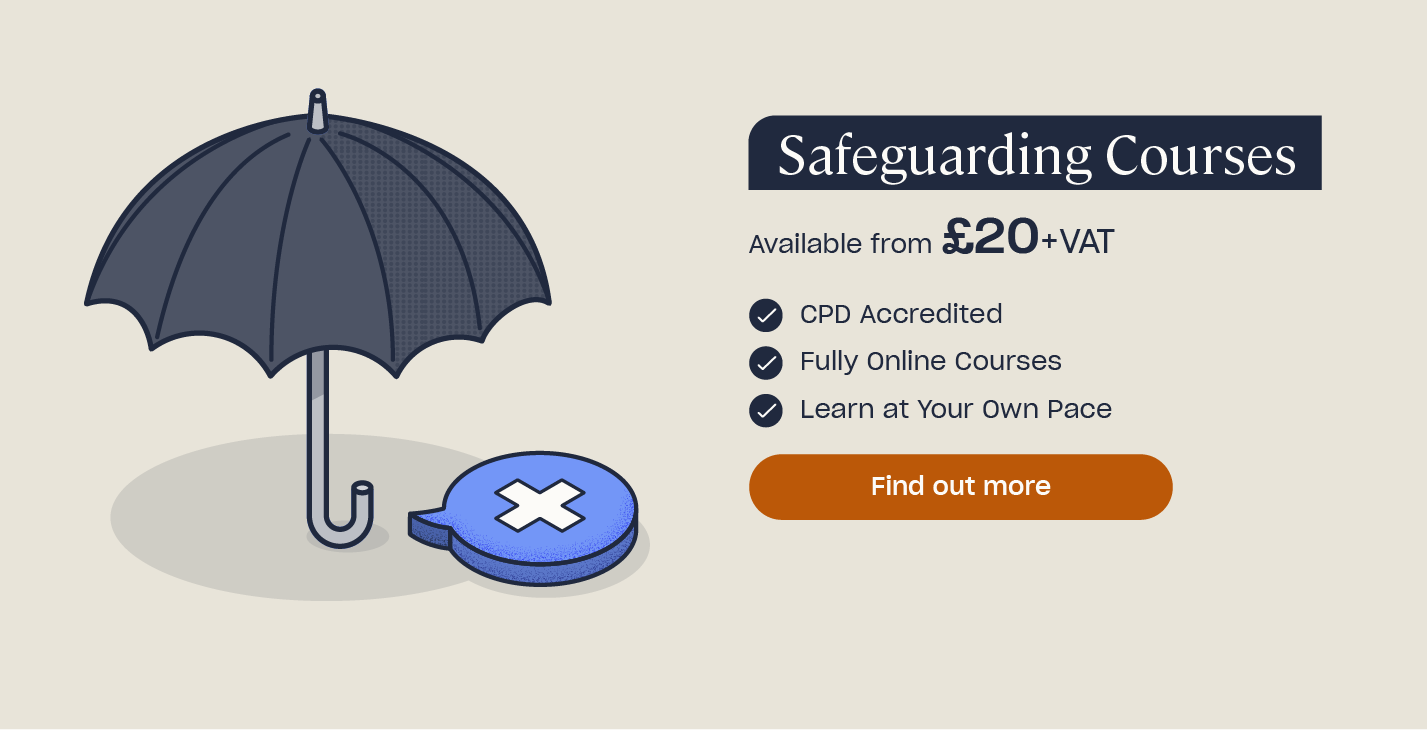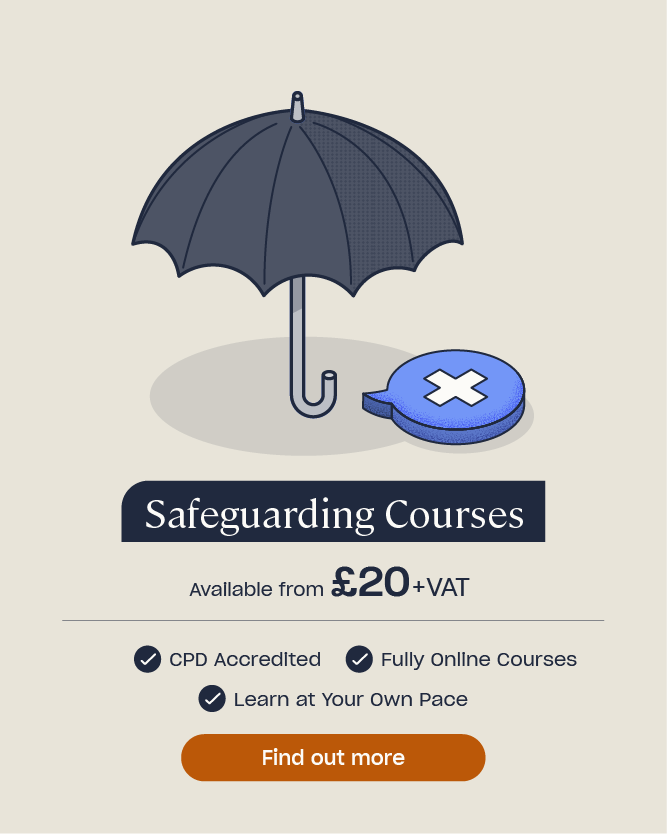Music Therapy: What Are The Benefits & How Does it Work?
Music therapy is the use of music as a way to help people address problems, ranging from psychological to social and emotional issues. It is well-established as a successful form of clinical intervention, backed by an evidence base covering a wide range of settings. In 2018 there were just over 1,000 HCPC-registered music therapists in the UK, a number which had steadily grown over the previous decade. In this article we will outline what music therapy is, how it works, who can benefit from this approach and why.
What is Music Therapy?
Music therapy is one of three types of ‘arts therapy’, the others being art therapy and drama therapy. Whereas a drama therapist will use role play and storytelling to help clients explore their problems, and an art therapist uses artistic media as their main mode of expression, music therapists use the power of music to encourage clients to open up and communicate at multiple levels.
An individual receiving music therapy is referred to as a client, as in other forms of therapy. Music therapy works through an evolving partnership between the therapist and the client, where the therapist provides tailored activities to help an individual progress towards their unique therapeutic goals. Sessions can encourage expression and communication through actively making music together, listening to songs and responding to changes in sounds. Music therapy can be used in many clinical situations to support individuals with their psychological, emotional, cognitive, physical, communicative or social needs.
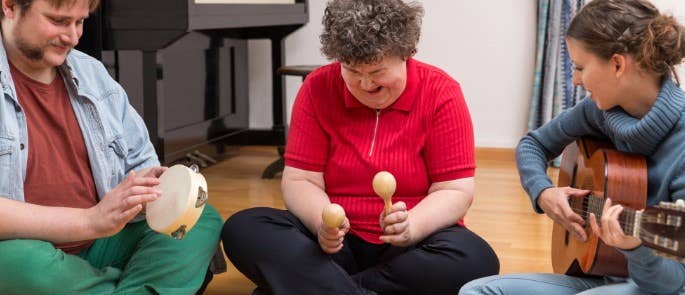
Music is a powerful tool in therapy because it is closely linked to emotional response, and is a universal part of human nature. In fact, babies have been shown to have an innate sense of rhythm from birth, and a baby’s heart rate can be affected by hearing music – they respond to it even before they can verbally communicate. This response continues full-circle towards the end of life, when verbal abilities may again be lost. Music helps us form connections, and crucially, this connection between the therapist and the client enables the client to explore and develop their feelings without the need for words.
To work in the UK, music therapists are required to be registered with the Health and Care Professions Council (HCPC), which sets standards of conduct and requirements for professional development. Music therapists will work as part of a multi-disciplinary team with other health professionals, contributing to care plans and assessments of the client’s progress towards their individualised goals.
Who Benefits from Music Therapy?
Music therapy is appropriate for people of all ages and does not require any previous musical knowledge or ability. Due to its non-verbal nature, music therapy is particularly effective for children and adults with communication difficulties, such as children with special educational needs and/or disabilities (SEND) and adults in health and social care. However, benefits are not limited to these situations, and there are substantial amounts of research and case studies showing the various advantages. For example, emotional problems can be addressed by providing a safe environment where difficult feelings can be expressed and contained.
Below are some more examples of people who can be helped by music therapy:
- Those recovering from brain injury, strokes or other life-limiting conditions.
- Those who are experiencing emotional or mental problems such as anxiety and depression.
- Children who have suffered abuse.
- Adults and children with learning or physical disabilities.
- Children with developmental disorders.
- People with neurological conditions.
- People with chronic conditions such as Alzheimer’s or Parkinson’s disease.
- Children with special educational needs and/or disabilities (SEND).
- Adults with additional health and social needs.
- People with autism.
- People suffering from dementia.
Mental Health Courses
Music therapy can be used to help people in a variety of circumstances to improve their mental health and wellbeing. Learn more about how to manage your own mental health as well as the skills needed to support others with our range of Mental Health Courses.
Places where music therapy may take place include care homes, children’s centres, hospices, hospitals, rehabilitation centres and some schools and nurseries. Music therapists can also visit clients individually in their home environment, where required. Music therapy sessions are not music lessons, though clients may sometimes acquire some new skills throughout their sessions.
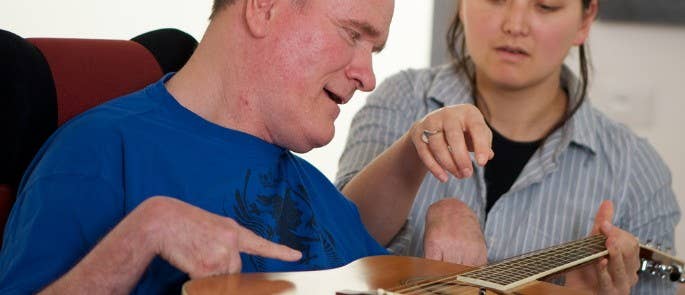
Music therapy may also be used to help families together. A child may be referred with their family or parents to help with social needs such as post-natal depression, substance abuse or problems with attachment. The music therapy sessions help to facilitate improvement in these areas.
Music Therapy and Autism
Music encourages communicative behaviour and interaction with others, which is something that autistic children have great difficulty with. Research has shown that music therapy for individuals with autism can facilitate improvement of:
- Verbal communication skills.
- Social interactions.
- Initiation behaviours (starting interactions with others or the environment).
- interactions of communication, which may be encouraged by activities such as ‘call and response’ musical interactions, linking to taking turns in conversation).
- Non-verbal communication.
- Control of vocalisations or repetitive behaviours.
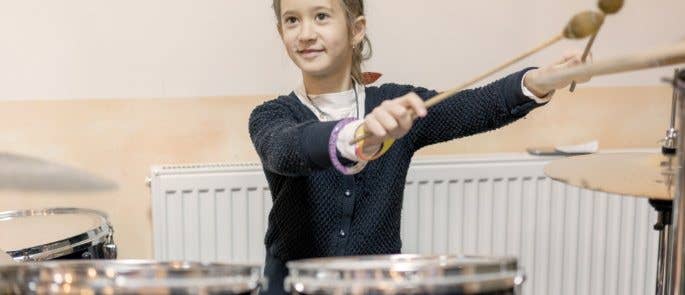
It is important to note that the benefits of music therapy are not guaranteed and outcomes may vary considerably between different people. Sometimes it can take a while for an individual to fully engage in sessions, as the relationship of trust between them and the therapist has to develop as well. However, if goals in the above areas are achieved, it can lead to overall improvements in life, such as higher quality family relationships and better social adaptation.
Music Therapy and Dementia
There is particular interest surrounding the use of music therapy to improve quality of life in people with dementia. Based on research and evidence, the National Institute for Health and Care Excellence (NICE) Quality Standard for Dementia was updated in 2019 to include the recommendation that people with dementia are offered access to a range of individualised activities, including the option of music therapy interventions.
For people with dementia, even just listening to music can evoke memories and spark emotions. This can in turn encourage conversations and help patients connect with their past. For example, linking songs to significant life events such as weddings, prompting the individual to reminisce.

Music can also encourage individuals to increase their physical activity through movement in time with music, or even dance. By stimulating different parts of the brain and allowing non-verbal communication, music therapy can help people with dementia express themselves. Group sessions with other dementia sufferers can also help people to come to terms with their symptoms and feel that they are not alone.
Do You Need Help to Understand More About Autism or Dementia?
At High Speed Training we have introductory courses in both Autism Awareness and Dementia Awareness. These courses are designed for people who may care for or work with people who have autism or dementia and require no previous knowledge.
Types of Music Therapy and Techniques
There is huge variety in the content of music therapy sessions, including how long they last for and how many sessions a client will require. This is because music therapists tailor their work to each individual person, and each person is in a different situation with unique needs and goals. You can read more about what person-centred care looks like in our dedicated hub article. Sessions can include both active music-making and more passive activities, such as listening to particular pieces of music to relax or relieve anxiety.
Active elements of a session centre around a two-way musical interaction between the patient and the therapist, where both will actively play, sing and listen. The therapist will often use an accompanying instrument like the piano or guitar to improvise with the sounds and tones that a participant produces. The participants are encouraged to explore sound and create their own musical language through the use of their own voice or accessible instruments. Popular accessible instruments include drums, xylophones, glockenspiels and tambourines, which have a variety of sounds and use different motor skills.

Specific activities can be used to encourage development of a particular issue. For example:
- Having a ‘conversation’ with music where ‘question’ phrases are tapped or played by the therapist, and copied or spontaneous responses are drawn from the client.
- Clapping or moving of the body in time with music to improve co-ordination and motor skills.
- Both children and adults can also be helped to write their own songs in sessions as a way of expressing their feelings. Not only does this help to provide an outlet for these feelings, but it can build confidence and give a great sense of achievement.
Music therapy does not have to be one-on-one. Group sessions are also common, and have their own benefits. They can help people develop empathy, find comfort in shared problems with others, encourage communication, teamwork and increase self-confidence.

Using Music
You can use some of the musical activities above in your own setting. While not a substitute for formal therapy sessions, it can be a good starting point for exploring music in a therapeutic way. Also, it can be great fun!
How Do I Get Involved?
An individual can be referred to music therapy from a variety of sources such as paediatricians, doctors, psychologists, occupational therapists or physiotherapists. Some music therapists may also take private clients. If you are interested in seeing if a music therapist can come and do some group or individual sessions, you can use the Find a Music Therapist tool on the British Association for Music Therapy website.
Informal group choirs for people with dementia have reported many positive outcomes for their participants. Singing for the Brain is one such example that is run at locations nationwide.
There are also some free online video resources from the music therapy charity Nordoff Robbins. These can give you a taster of the kinds of activities that might happen in a therapy session, and are a great way to initiate a shared musical experience with someone without needing any specialist equipment.
In this article we have taken a look at music therapy and how it can be used to help people in a variety of circumstances to improve their quality of life and wellbeing. We explain who can benefit from music therapy, with a focus on autism and dementia. We also look at the type of activities that may occur in sessions and how you can get involved. We hope this will give you some inspiration to explore the potential of music therapy in your own context.
Further Reading:
- Safeguarding Courses
- Female Autism: Is it Different and What Should I Look Out For?
- What is Person-Centred Care and Why is it Important?


